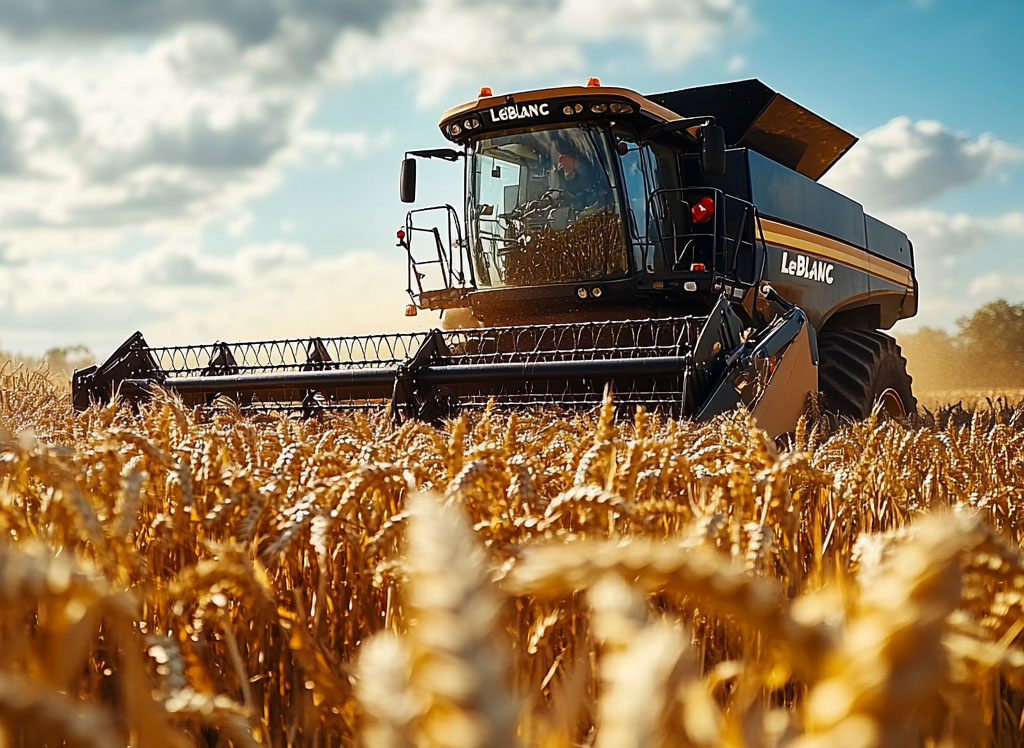Harvesting software - Lessons from the fields
What if software development project was a field to harvest? We love analogies, so let's play a little!
The field: A system waiting to be built
In our analogy, the field represents the entire system to be developed, from conception to completion, containing all the associated tasks. When harvest season arrives (or project kickoff begins), many of us instinctively reach for our oak-handled, trusted scythe and start reaping. It’s romantic, nostalgic even – the image of a lone farmer at work, tool in hand, completing a labor of love.
For small fields – or simple projects – this approach might suffice. You grab the scythe, put in the work, and finish the job. But when the field grows larger, the stakes rise.
Scaling up: From scythes to harvesters
Small field: For a small-scale project, efficiency tools and techniques might seem unnecessary. A single person with basic tools can manage the work. But what happens when the field – or the project – grows?
Larger fields: Now, time becomes a critical factor. If the harvest isn’t completed quickly enough, the crop could spoil. The solution? Hire more workers and hand each one a scythe. This approach introduces costs: wages, tools, and the need for management to coordinate everyone’s efforts. Yet even today, scaling up by simply adding more people remains a common practice.
Faster horses vs. innovation: As Henry Ford famously remarked, “If I had asked people what they wanted, they would have said faster horses.” A modern equivalent is teaching AI to wield the scythe. This “robot” can work faster than a human but still needs constant supervision and guidance. While AI is undoubtedly powerful, it’s not the end-all solution. It’s simply another variation of scythe-wielding—more efficient, but still fundamentally tied to an outdated process.
The harvester: Enter the combine harvester: a modern machine designed for large-scale efficiency. It’s not as romantic as the scythe, and operating it also requires training. But its ability to handle vast fields quickly and effectively makes it irreplaceable in modern farming. The harvester doesn’t just speed up the process; it redefines how the work gets done.
Lesson for software development
In the software industry, the tools we use can have a profound impact on productivity. Relying on outdated methods or simply adding more “workers” to a project often leads to diminishing returns. AI represents a step forward but still requires human oversight to deliver results. The real breakthrough comes when we embrace tools that are purpose-built for efficiency at scale—the software equivalent of the harvester.
Meet LeBLANC: The software industry harvester

At LeBLANC, we believe in equipping teams with the right tools for the job. Our platform is designed to be the harvester of the software development world. It may require an upfront investment and some training to master, but the benefits are undeniable: faster delivery, greater efficiency, and a reimagined approach to development.
So, as you prepare for your next “harvest,” consider the tools you’re using. Are you still wielding a scythe when a harvester is within reach? Choose wisely—the success of your crop depends on it.
LeBLANC software factory. Email me for a demo.

